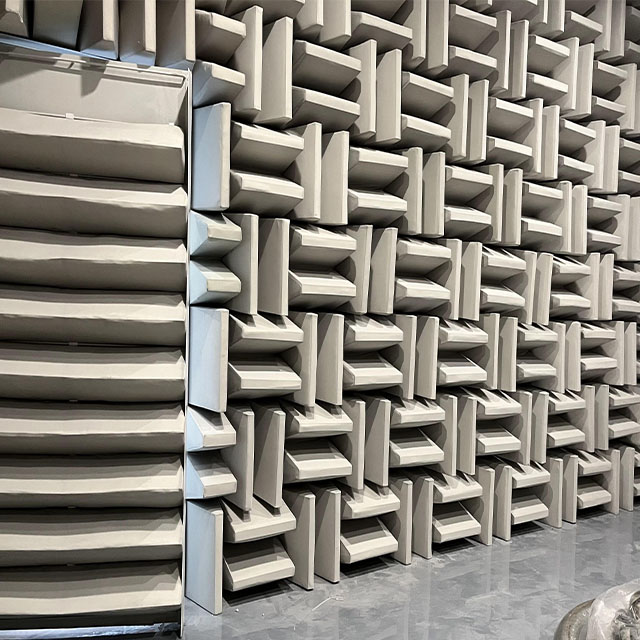
When accepting the anechoic chamber, selecting measuring points to test the acoustic effect is a very important step. Here are some suggestions to help you select measuring points and perform acoustic testing:
Determine the number of measuring points: According to the size and design requirements of the anechoic chamber, determine the number of measuring points that need to be tested. Usually, several measuring points should be evenly distributed inside the anechoic chamber to ensure that the acoustic performance of the anechoic chamber can be fully evaluated.
Select appropriate measuring point locations: Select appropriate measuring point locations inside the anechoic chamber to ensure that these locations represent the acoustic environment of the entire anechoic chamber. For example, measuring points can be set at the center, corners, walls, floors, etc. of the anechoic chamber.
Use professional measuring instruments: Use professional measuring instruments, such as sound level meters or sound intensity meters, to conduct acoustic measurements on each measuring point. When measuring, ensure the accuracy and stability of the measuring instrument to ensure the reliability of the test results.
Record test data: Record the acoustic data of each measuring point, including sound pressure level, sound intensity level, spectrum, etc. These data will be used to evaluate the acoustic performance and inverse square law performance deviations of the anechoic chamber.
Analyze test results: Organize and analyze the test data to understand whether the acoustic performance of the anechoic chamber meets the design requirements. If any abnormalities or non-compliance with requirements are discovered, timely measures should be taken to make improvements.
It should be noted that when selecting measuring points for acoustic effect testing, relevant standards and specifications should be followed to ensure the accuracy and reliability of the test results. At the same time, during the acceptance process, professional acoustic engineers or architects can also be invited for guidance and evaluation to ensure that the anechoic chamber meets the design requirements and relevant standards.


